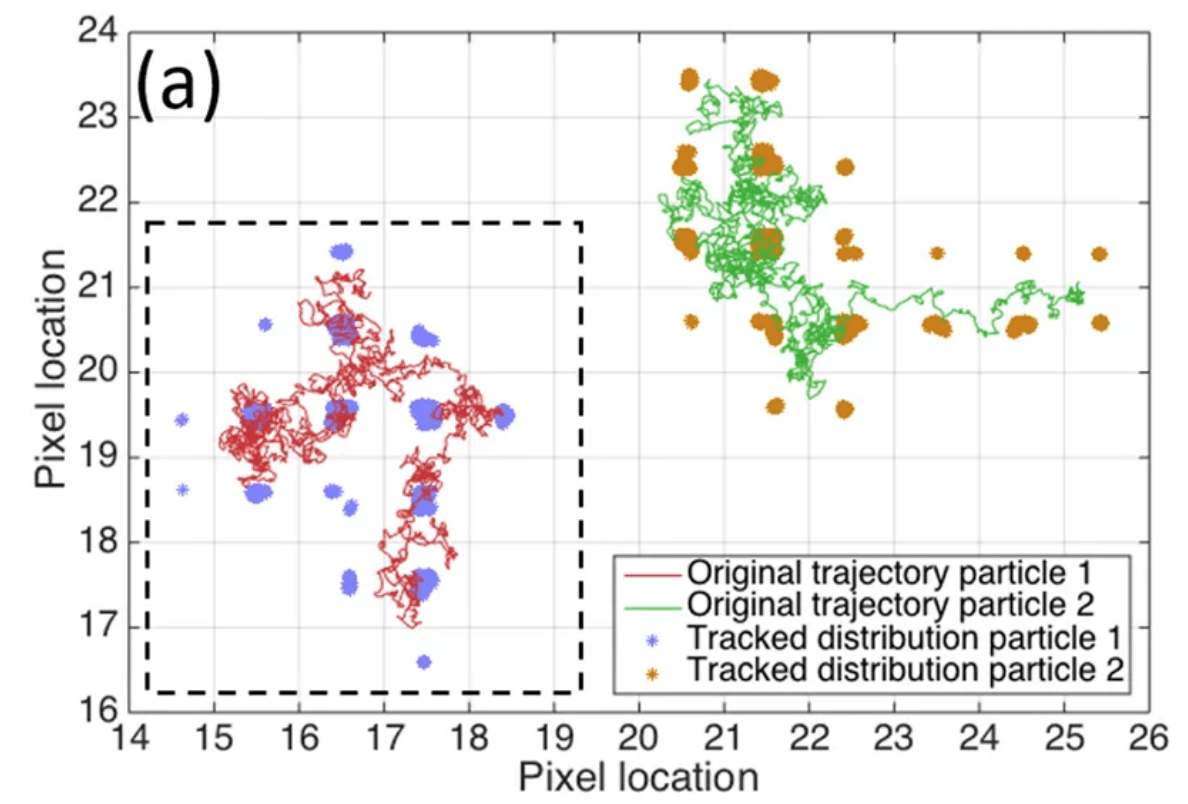Modeling Experimental Phenomena
In the Scherer Lab, we use state-of-the-art simulation methods and numerical modeling to help further understand and guide our experiments. Electrodynamics and Langevin dynamics simulations are used to model our optical matter systems.
Collaborative Work
For theory and simulation, we have many helpful collaborators. Dr. Stephen K. Gray is a theory collaborator at Argonne National Laboratory. Professor Andrew Ferguson at the University of Chicago’s Pritzker School of Molecular Engineering is a collaborator on machine learning techniques. Professor Aaron Dinner is a long time collaborator on a range of topics from single molecule dynamics to cellular transport. We also collaborate with Professor Suri Vakuntanathan on nonequilibrium phenomena particularly for driven optical matter systems. Finally, we have a long standing close collaboration with Professor Stuart A. Rice on dense colloidal fluids that has evolved into many joint papers on optical matter systems. In addition to dedicated desk-top computing we also extensively utilize the resources of the University of Chicago’s Research Computing Center.
Open Source Software
Generalized Mie Theory: Python library for solving the electrodynamics of N interacting particles under arbitrary beam illumination using a generalization of single particle Mie theory
Stokesian Dynamics: Python library for simulating Brownian dynamics with hydronanmic coupling interactions
Electrodynamics

We perform electrodynamic simulations to model the collective behavior of optically trapped and interacting nanoparticles. We utilize both grid-based methods (Finite-Difference Time-Domain) and boundary condition methods (Generalized Mie Theory). In photonics, we use these methods to build and design meta-atoms for creating meta-materials and meta-fluids. In optical matter, we construct nano-particle lattices and study their collective resonances and dynamical behavior.
langevin dynamics
We use Langvein dynamics to simulate the driven motion of optically trapped nano-particles. In conjunction with electrodynamic simulations, the electrodynamic force and torque acting on individual nano-particles is used in a feed-back loop to simulate their trajectories. An extension to Stokesian dynamics enables hydrodynamic coupling interactions, an important phenomenon in highly driven systems.

Particle Tracking oPtimization
Single particle tracking is a powerful tool for understanding dynamic granular systems. We have observed
Machine learning
Machine learning is cool

